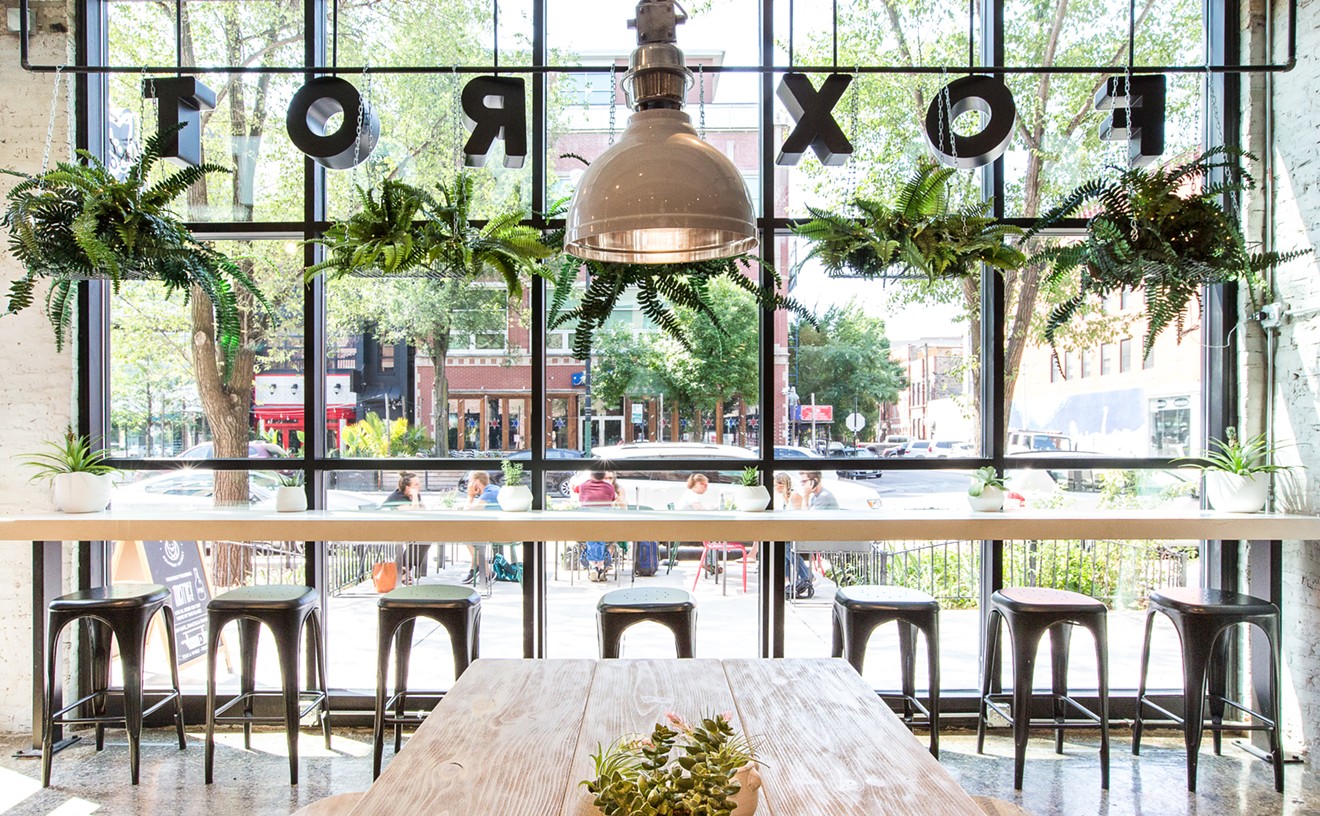Sound a bit far-fetched? Well, the Burning Question crew pondered the topic pretty thoroughly one afternoon while our editor droned on about some minor costly infraction of conventional moral structure we'd supposedly committed (while apparently researching a potential story about public fountains and the effects of alcohol), and we amassed some convincing evidence.
The founding fathers understood our fascination with lists when they outlined the Bill of Rights. But they wasted a lot of verbiage detailing the meaning of each article. Even back in the old days Americans were busy folk not given to lengthy reflection. Nowadays, what with grade inflation, talk radio and faith-based whatever, our ability to comprehend complex theories has withered.
A successful list, one that everyone remembers, is really a simple thing. The big guy upstairs didn't bother to chisel extensive caveats to his 10 commandments. When the ranking of America's fattest cities hits newspapers, no one involved pauses to explain the process behind it, they just write "Houston" (naturally), followed by a bunch of other place names.
But here's the thing we came up with during that closed-door session: While popular lineups read easily, creating an accurate accounting of the top college football teams, say, or the best sushi places in Dallas requires some serious investigative work.
So it is with wine menus.
"Every restaurant, first off, bases decisions on a budget," says Todd Lincicome of Al Biernat's. "That will determine how many selections you have." From there, a series of ever more complicated choices work to cloud the process. Many restaurants simply choose to avoid the hassle and ask their distributor to handle the problem. Otherwise, price ranges have to be set, with enough at both ends of the spectrum to satisfy well-heeled diners and Dallas Observer columnists. Directors must determine which regions to emphasize--how much French, California or Aussie--and the balance of varietals. Of course, steak houses pour more reds, seafood joints concentrate on whites and chains catering to visitors from Lubbock or Oklahoma sell white Zinfandel. Popular interest in different regions and varietals shift constantly, however. Calls for Pinot Noir skyrocketed in the wake of the movie Sideways, while Merlot suffered.
American susceptibility to advertising campaigns, along with our willingness to settle for mass appeal is rapidly altering the international wine marketplace. Complex, idiosyncratic bottles struggle for attention while highly visible labels fly off shelves. Brand identity helps wine lists out to some extent, explains Brian Soloway, wine director at Del Frisco's, because "90 percent of the universe want something they're comfortable with." Al Biernat's built climate-controlled storage space for about 7,000 bottles, yet they routinely stock 11,000 or more. The demand for well-known brands means Lincicome can easily choose 4,000 that will move quickly. On the other hand, familiarity with Yellowtail, Kendall Jackson or other big-name wines forces difficult compromises.
"People need to open a list and feel comfortable," says Nana's Rudy Mikula, "so you can't be exclusively adventurous. But at the same time, you want some things that are under the radar."
Yep, the inevitable contradictory market force. As America's love for wine continues to grow--outpacing beer in 2005 and expected to account for a quarter of all wine consumed worldwide by 2008, according to VinExpo, a trade organization based in France--the number of drinkers longing to sample unique and unfamiliar names also nudges upward.
"You have to decide how much work you want to do, how much you want to hand-sell," Lincicome explains.
Hand-selling is pretty much the same thing as blurting "you want fries with that?" only in a more sophisticated setting. If a sommelier recognizes a guest's interest in fruit-forward reds, he or she may introduce them to a less familiar bottle buried somewhere on the menu.
Or try, anyway. Few push the matter, but most keep a stash of wines casual drinkers have probably never heard of or tried.
And that's the fun of building a wine list. There are certain things every restaurant must carry, naturally. Offering a few surprises at every price point, though, adds a touch of intrigue while allowing staff members to educate those diners willing to break from the expected and try something new. Most restaurants even hide a few very cool labels, keeping them off the printed menu, turning the list into something that separates common folk from those in the know.
Other than that, there's no real set way to set up a list and no rules as to how a restaurant chooses to print the list. Some break it down by region or color, others arrange wines alphabetically and so on.
"All this stuff is personal preference," Lincicome says.
Well, a few rules apply, actually: create a list appropriate to the cuisine, don't overload a small selection with expensive bottles and, most important, keep things simple.










